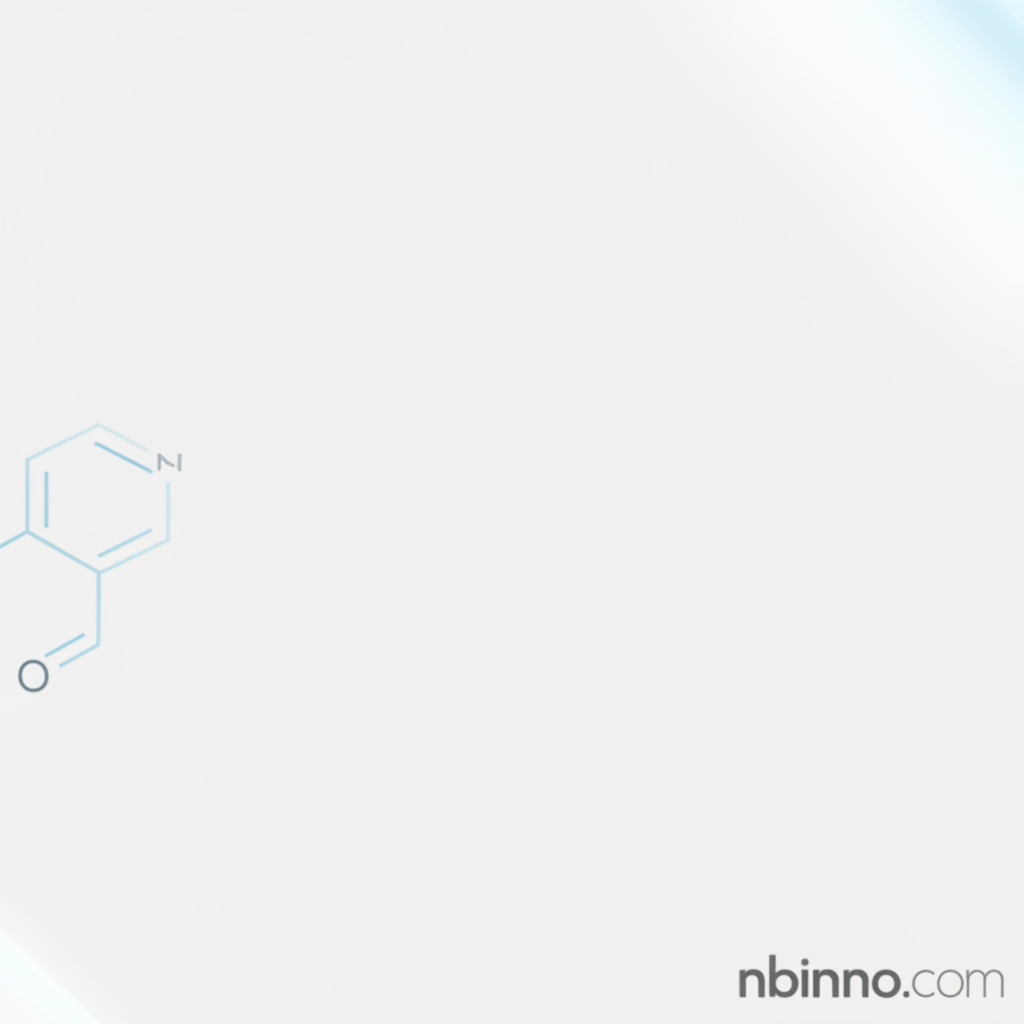1,2,4-Tributylphosphorotrithioate (CAS 78-48-8): Properties, Applications, and Synthesis
Discover the essential details of this versatile organophosphorus compound.
Get a Quote & SampleProduct Core Value

1,2,4-Tributylphosphorotrithioate
This compound is a crucial organophosphorus chemical with a unique molecular structure, C12H27OPS3, and a molecular weight of 314.51. It's known for its role in various chemical syntheses and applications.
- Understanding organophosphorus compound synthesis is vital for advancing chemical innovation, and this product serves as a key material in such research.
- The application of cotton defoliants significantly impacts agricultural efficiency, and this chemical has a historical role in facilitating mechanical harvesting.
- Exploring the chemical properties of phosphorotrithioates provides insights into their reactivity and stability, crucial for industrial applications.
- Leveraging organophosphorus chemistry research allows for the development of new materials and processes with diverse industrial benefits.
Key Advantages
Versatile Chemical Properties
With a distinctive molecular makeup and physical state, this compound is integral to organophosphorus compound synthesis and exhibits useful characteristics for various industrial uses.
Established Agricultural Use
Historically employed as a cotton defoliant, its use demonstrates a significant contribution to agricultural practices, improving harvesting processes.
Research and Development Focus
Its role as an analytical standard for organophosphates and a subject in organophosphate pesticide toxicity studies highlights its importance in scientific advancement.
Key Applications
Cotton Defoliation
As a recognized cotton defoliant, it aids in preparing crops for efficient mechanical harvesting, a critical step in modern agriculture.
Organophosphorus Synthesis
Essential in organophosphorus compound synthesis, it's a foundational material for creating more complex chemical structures and exploring their functionalities.
Chemical Research
Researchers utilize this compound to study organophosphate pesticide toxicity and explore various aspects of organophosphate chemistry, contributing to a deeper understanding of these substances.
Analytical Standards
Its precise chemical properties make it a valuable analytical standard for organophosphates, supporting accurate detection and quantification in various analytical methods.
